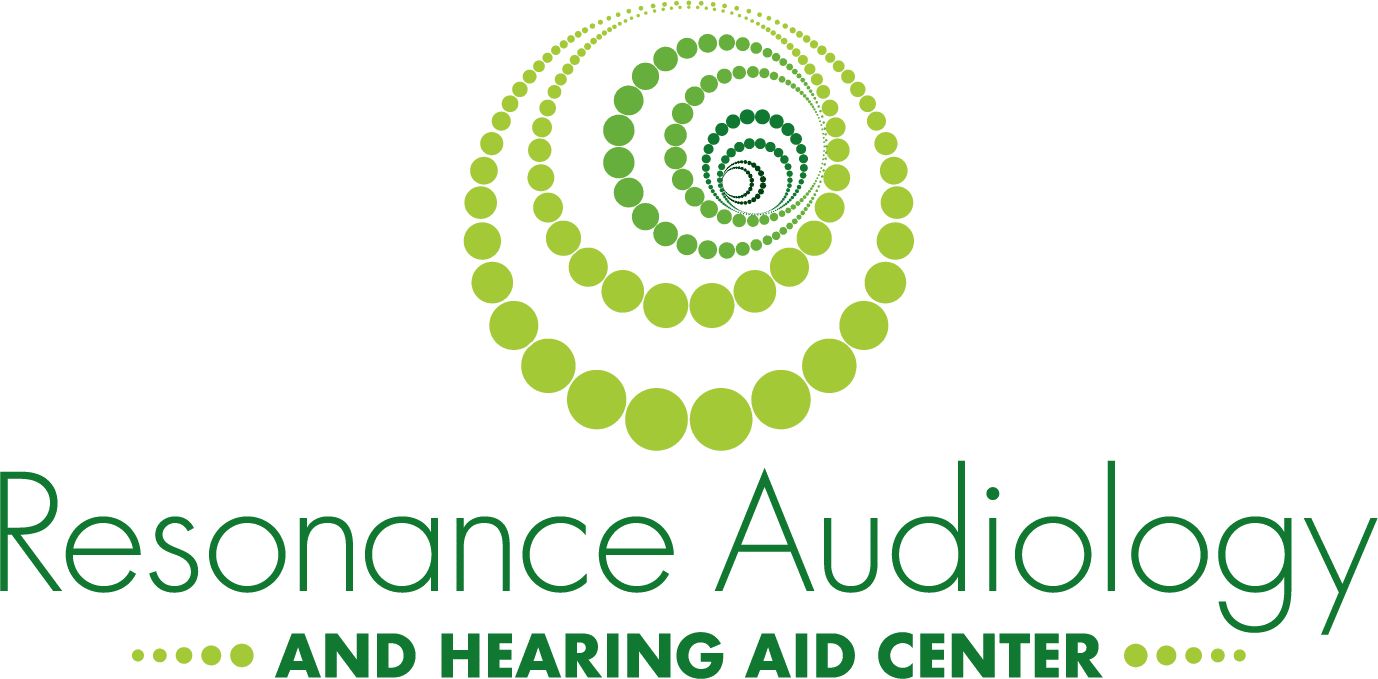How Do Ears Work?
The ear is one of the most advanced and sensitive organs of the human body, capable of detecting, transmitting, and transducing sound to the brain and maintaining a sense of balance.
Sounds are everywhere and we have these incredible body parts that let us hear them – our ears – but how does it work?

Here are how the ears normally work:
The ear is made up of three different sections: the outer ear, the middle ear, and the inner ear. They work together to collect sounds and send them to the brain.
Just like the ripples spreading out in circles as a stone is dropped into water, the sound is transmitted from the sound source as waves, gathered by the outer ear and sent down the ear canal to the eardrum.
The sound waves cause the eardrum to vibrate, setting the three tiny bones in the middle ear into motion, which causes the fluid in the inner ear or cochlea to move.
The movement of the inner ear fluid causes the hair cells in the cochlea to bend, changing the movement into electrical impulses. These impulses are transmitted to the auditory nerve and to the brain, which interprets them as sound.
Let’s take a look at the anatomy of the ear.
The Outer Ear
The outer ear is made up of the pinna, or the auricle, and the ear canal.
The pinna is what we can see on the side of your head; it’s made of tough cartilage covered by skin. The main job of the outer ear is to gather sounds and funnel them to the ear canal, which leads to the middle ear.
The ear canal has glands in the skin lining, which make earwax to protect the canal by cleaning out dirt and helping to prevent infections.
The Middle Ear
The middle ear is an air-filled cavity separated from the outer ear by the eardrum, or tympanic membrane.
The middle ear turns sound waves into vibrations and delivers them to the inner ear. When sounds hit the eardrum, they make it move, leading to vibrations of three very small bones in the middle ear known as the ossicles.
For proper hearing, the pressure on both sides of your eardrum must be equal. When the air pressure changes (such as when you go up or down in elevation), you may feel a popping sensation as your ears adjust, which they do thanks to the narrow Eustachian tube that connects the middle ear to the back of the nose and acts as a sort of pressure valve.
The Inner Ear
The inner ear includes the cochlea and the semicircular canals. The snail-shaped cochlea changes the vibrations from the middle ear into nerve signals, which travel to the brain along the cochlear or the auditory nerve.
The semicircular canals look like three tiny connected tubes, filled with fluid and lined with tiny hairs. It’s their job to help you balance, and here’s how: when your head moves, the fluid in the canals sloshes around, moving the hairs, which send this position information as signals through the vestibular nerve to your brain. The brain then interprets these signals and sends messages to the muscles that help keep you balanced.
When you spin around and stop, the reason you feel dizzy is because the fluid in your canals continues to move around for a little bit, giving your brain the idea that you’re still spinning even when you stop.
Detection of a sound will depend on its pitch. High-pitched sounds are detected by the hair cells near the wide end of the cochlea, while low-pitched sounds are identified by the hair cells closer to the center of the cochlea.
Stereocilia, the microscopic hair-like projections that rest on and protrude from the top of the hair cells, are vital for the process of electro-mechanical transduction, generating an electrical signal that travels through the auditory nerve to the brain, ultimately responsible for the inter-sound variability.
The terms pitch and loudness are used to describe characteristics of a sound: the pitch, or sound frequency, is measured in hertz (Hz) and the loudness, or the intensity, of the sound is measured in decibels (dB).
Typically, the most important sounds a human hears daily are in the range of 250 – 6,000 Hz. The normal ranges are 20-20,000 Hz, however, hearing becomes most sensitive in the 2000 – 5000 Hz frequency range.
The audible range for humans is 0 -140 decibels (dB), which is how we measure loudness. A whisper is around 25 – 30 dB and conversations are usually 45 – 60 dB; speech is a combination of low – and high – frequency sounds.
Exposure to more than 85 dB for long periods is unsafe and may lead to temporary or permanent hearing loss.
Since hearing depends on all parts of our auditory system working normally, the type of hearing problem depends on which part of the auditory system is not responding well.
If there are obstacles that prevent the sound from passing through the outer or inner ear, there could be Conductive Hearing Loss. In Sensorineural Hearing Loss, the problem could be with the inner ear or the hearing nerve. And, if there’s a combination of both, it may result in mixed hearing loss.
Brain pathways play an important role in the hearing process. Although sound can enter the ears, if there are damages to the inner ear or the auditory nerve, the brain cannot ‘understand’ the sound, resulting in Auditory Neuropathy Spectrum Disorder.
Hearing loss can negatively affect almost every aspec of someone’s life, regardless of age.
At Resonance Audiology & Hearing Aid Center, LLC, we encourage people to invest in their wellbeing by getting tested. To assess someone’s hearing ability, tones and words are used in the hearing test. The responses will provide an overall picture of your hearing threshold levels.

Get a free consultation with our expert ear doctors today for you or your loved one who may be experiencing hearing loss. And rest assured there’s an array of cutting-edge, wireless hearing aids, if need be, that can provide solution, increase efficiency, and enrich your life.
When searching for top Lancaster audiology services, trust our audiologists to support you with the most comprehensive hearing evaluations and superior hearing healthcare and solutions for you or your loved one – call us at: 717.925.6112.
